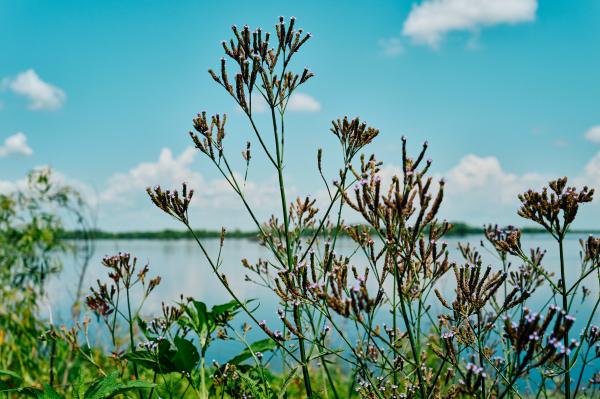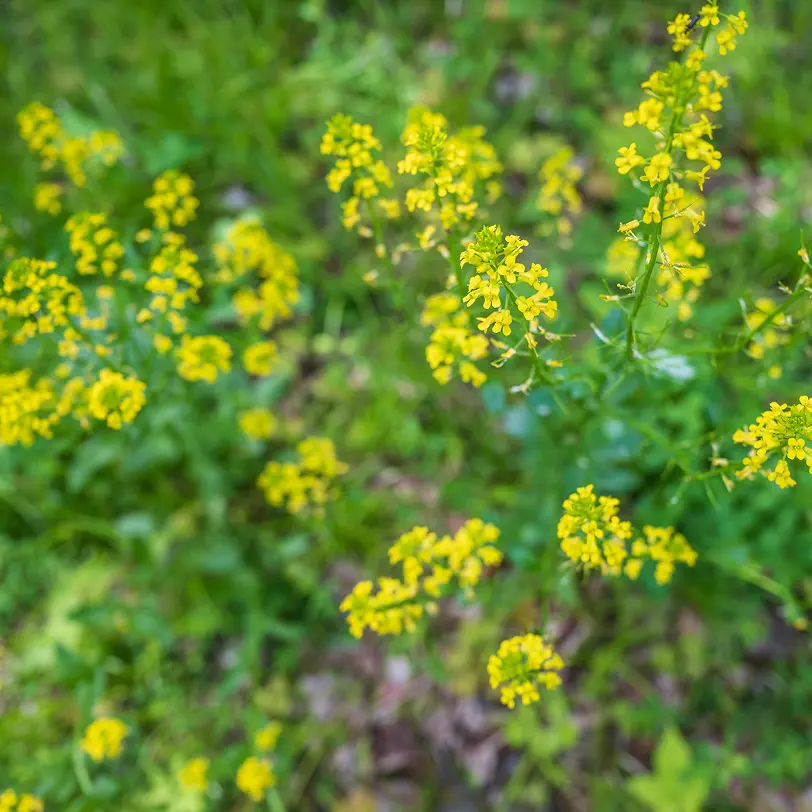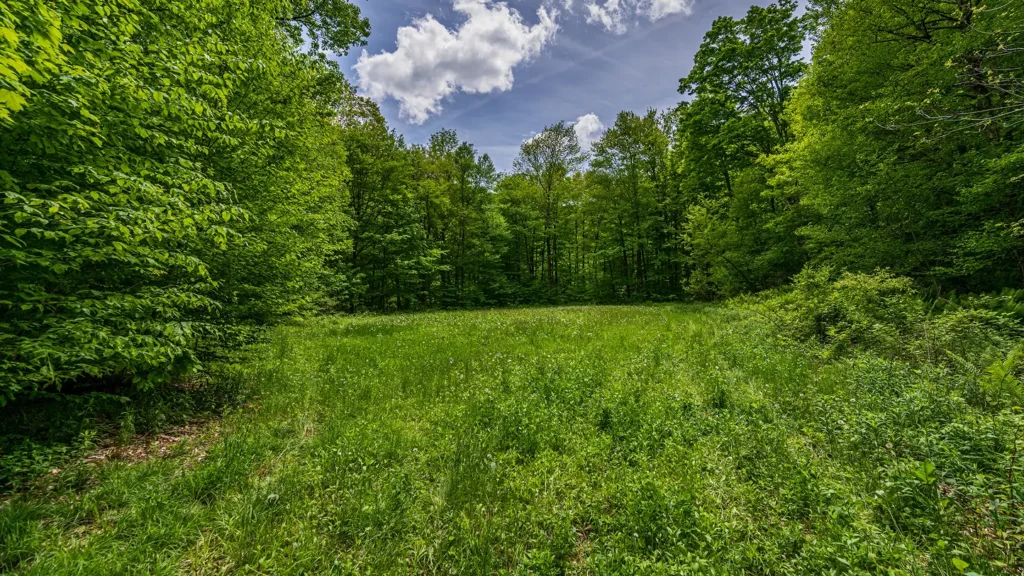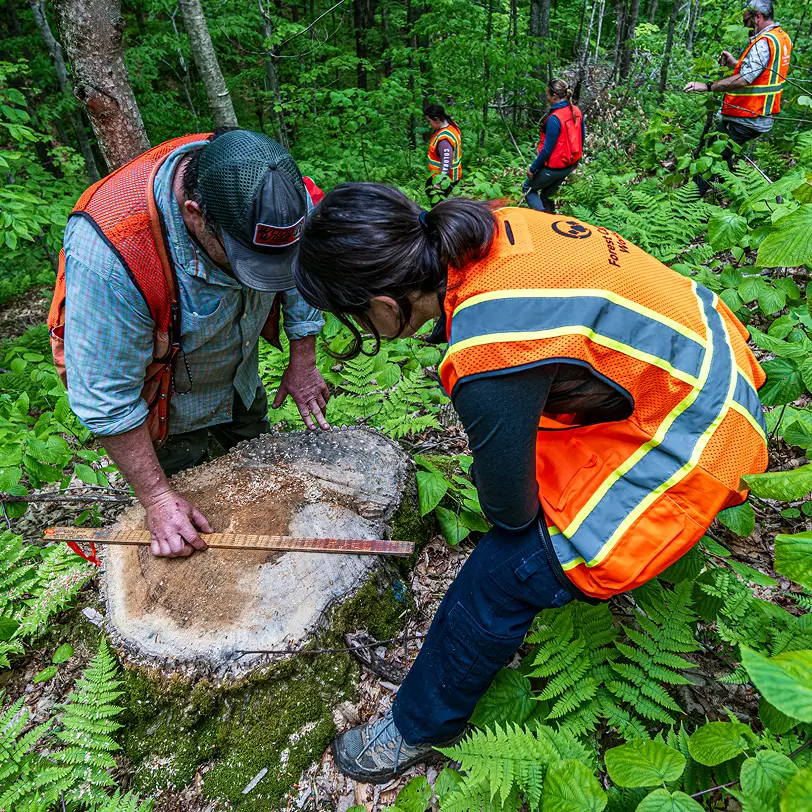FAQs


Afforestation Co-Benefits
Project Elements Beyond Carbon Capture
Chestnut’s afforestation projects are augmented with special activities to improve long-term outcomes for many stakeholders.
Project activities are designed to help control fire, pests, and invasive species through sustainable plantation design, quality growing stock, and matching tree species to soil conditions. Each project establishes an advisory committee to inform planting decisions and encourage ecological resilience. We reduce risk through a widely dispersed land portfolio—owning over 70 afforestation parcels across the Southeast. This geographic diversity, combined with careful site selection away from high-risk areas (e.g., coastlines, drought zones, hurricane paths), helps mitigate threats from pests, pathogens, and natural disturbances.
We create meaningful employment opportunities by hiring local contractors, foresters, and community members for planting, monitoring, and land management activities. Our projects generate revenue for local nurseries, equipment suppliers, and service providers, creating economic multiplier effects throughout rural economies.
Public education activities include workshops, public partnerships, and signage related to community experiences and education in forest establishment and management. We have provided education and fellowships to regional students, and have a strong commitment to support local communities through sponsoring and participating in public education events.
Chestnut enacts restrictive easements on the land, prohibiting illegal uses and protecting water quality. All project lands are certified to the Forest Stewardship Council® (FSC-C180518) to ensure adherence to high environmetal standards and protection.
Yes, certain areas of the planted lands will be accessible for public activities such as hiking, hunting, and fishing. Chestnut will collaborate with public partners to develop trail systems and support long-term trail maintenance.
Special Use areas are designated for traditional, cultural, and native practices. These areas are identified, mapped, and maintained to benefit local communities and protect threatened species, in accordance with Forest Stewardship Council® guidelines.
Afforestation Principles
Mitigating Risks
We take all potential risks seriously and proactively work to ensure they do not occur.
No, Chestnut aims to acquire land that is well-suited to forestry and pays no more than market value based on comparable sales data.
Chestnut collaborates with public agencies to transfer land ownership for permanent public benefit. We plan to use Clean Water State Revolving Funds (CWSRF) and conservation easement programs to ensure long-term public access and stewardship.
Chestnut plants diverse, fire-resilient hardwood species tailored to each region, avoiding monoculture pine plantations. Our forests are managed under FSC-certified plans that include thinning, fuel reduction, and fire break creation to reduce wildfire risk.
No, Chestnut specifically targets unproductive lands to avoid impacting agricultural productivity. We prioritize hiring local workers to support the economic vitality of each project area.
Chestnut’s projects are designed to enhance community well-being and inclusiveness. Our land is spread across the Southeast U.S. to avoid over-concentration in any one area. We’re committed to being good stewards, good citizens, and responsive community partners.
Chestnut actively analyzes and monitors our economic impact in each county we serve. As a mission-driven organization, we continuously seek meaningful, value-added opportunities to support and enrich the communities in which we operate.


IMPROVED FOREST MANAGEMENT
Verra Project VCS4268
Chestnut only sells removal credits sequestered from incremental forest growth annually.
While VM0003 is more conservative, Chestnut made the decision to use this carbon measurement in an effort to deliver credits that meet the most rigorous standards and scrutiny, even if that means we bring fewer credits to market.
We believe that the baseline approach in VM0003 is functionally equivalent to a dynamic baseline. Dynamic baselines are attempting to resolve the historic over crediting of avoidance credits, front loaded to the first few years of a project’s lifetime. VM0003 addresses this by applying a conservative baseline averaged out over 100 years, rather than 20 years. We also elect to only sell the removals from our VM0003 project, further reducing over-crediting risk.
We use Verra’s VM0003 methodology because it promotes additional, realistic and incremental carbon removal measurements that are reflective of tree growth and demonstrate a conservative measure of climate benefit. We only sell removal credits sequestered from incremental forest growth annually. We do not sell reduction credits, nor do we compensate forest owners for the carbon stock existing in their trees at the time of program enrollment.
We evaluate harvest levels in the 50-mile radius surrounding enrolled land to determine harvest pressures. Our easements ensure enrolled land will be managed sustainably for the contract duration, promoting climate resiliency and enhanced carbon storage and sequestration.
We use Improved Forest Management (IFM) techniques and Extension of Rotation Age (ERA) to credit carbon removal. By extending rotation ages of at-risk forests through the implementation of uneven-aged silviculture, such as patch cuts, continuous thinning, or group selection practices, Chestnut increases carbon storage relative to the baseline case.
Chestnut eliminates the risk of Activity Leakage by requiring 100% of each landowner member’s forested properties to be enrolled in our IFM carbon conservation program. Our Market Leakage Deduction is calculated as % of total carbon stock, which is deducted before the credits are issued.
Our benefits extend beyond just carbon sequestration. The Chestnut Carbon IFM project improves local air and water quality, maintains native wildlife habitats, creates local jobs, and promotes health and wellbeing in largely rural communities.
